
The best part of the pig: No one paid attention before, now you have to go to the market early to buy it!
When it comes to delicious parts of a pig, many people often think of belly, spare ribs, or shoulder meat. However, there is one special part that is not very common but has food enthusiasts hunting for it – the meat along the lower ribs, also known as "diềm" ribs.
Diềm Ribs: The Ideal Meat of the Pig
The meat from the diềm ribs is located along the edge of the pig's belly, near the position of the spare ribs. Although called "ribs," it actually contains very little hard bone and is mostly made up of thin cartilage strips, crispy tendons, and soft lean meat in between. This unique structure creates a flavor and tenderness that other cuts of meat don’t have. Each pig only has a small strip of diềm ribs, so the supply on the market is relatively limited. That’s why housewives often have to go to the market early to get this cut of meat.
What makes diềm ribs special is its perfect tenderness. When bitten, it has a slight chewiness and a bit of crispness from the cartilage and tendons, but still retains its natural fattiness. It’s neither as dry as lean meat nor as greasy as fatty meat. When grilled, braised, or stir-fried, the gelatin in the cartilage and tendons is released, making the dish more velvety and appealing. Because of these reasons, diềm ribs often appear on the menus of barbecue restaurants, rice stalls, or family meals. Some popular cooking methods include grilling with salt and chili, stir-frying with lemongrass and chili, braising with pepper, making sour soup, or simmering in a broth.
Although it’s called "ribs," the price of this cut is usually higher than other types of ribs, ranging from 120,000 to 150,000 VND per kilogram. Depending on its freshness and where it’s sold, the price may vary, but overall, it’s not cheap.
Nutritional Value of Diềm Ribs
Not only is it popular for its taste, but this part of the meat also has significant nutritional value. First, the cartilage and tendons contain natural calcium that supports strong bones. Children in their developmental years, adults who need to maintain bone density, or people at risk of osteoporosis can all benefit from this source of calcium.
In addition, the collagen in the cartilage is another reason diềm ribs are highly regarded. Furthermore, this meat also contains phosphorus and many other essential micronutrients. These contribute to the functioning of the nervous system, improve immunity, and support energy metabolism in the body.
Although diềm ribs are rich in nutrients, you should not eat too much. Due to the high content of tendons and cartilage, frequent consumption can make it harder for the body to digest. For older adults, those with weak teeth, or people with stomach issues, it's better to prioritize cooking methods like slow braising or making soup for easier absorption. Also, don’t forget to combine it with vegetables and fruits to ensure a balanced meal without overloading the stomach.
News in the same category

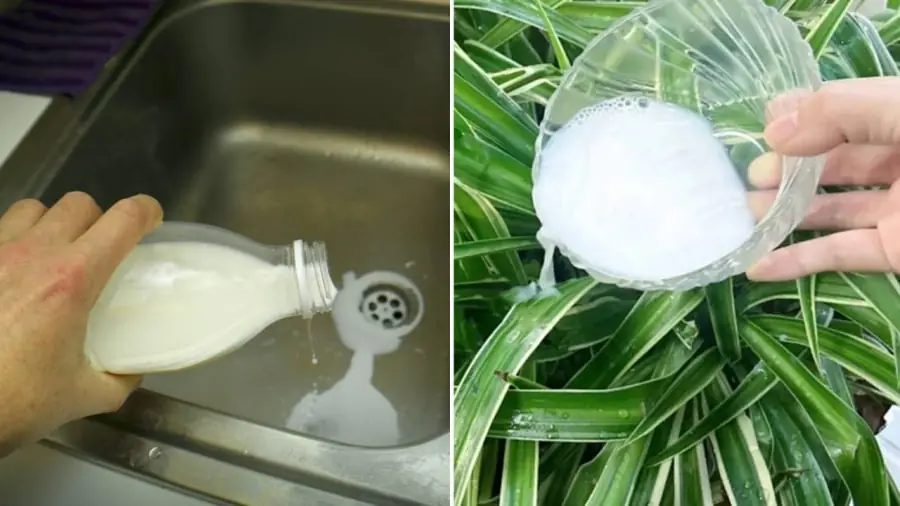
Don’t Throw Away Expired Fresh Milk — Keep It for These 4 Amazing Uses

How to drive away an entire rat colony using simple household ingredient
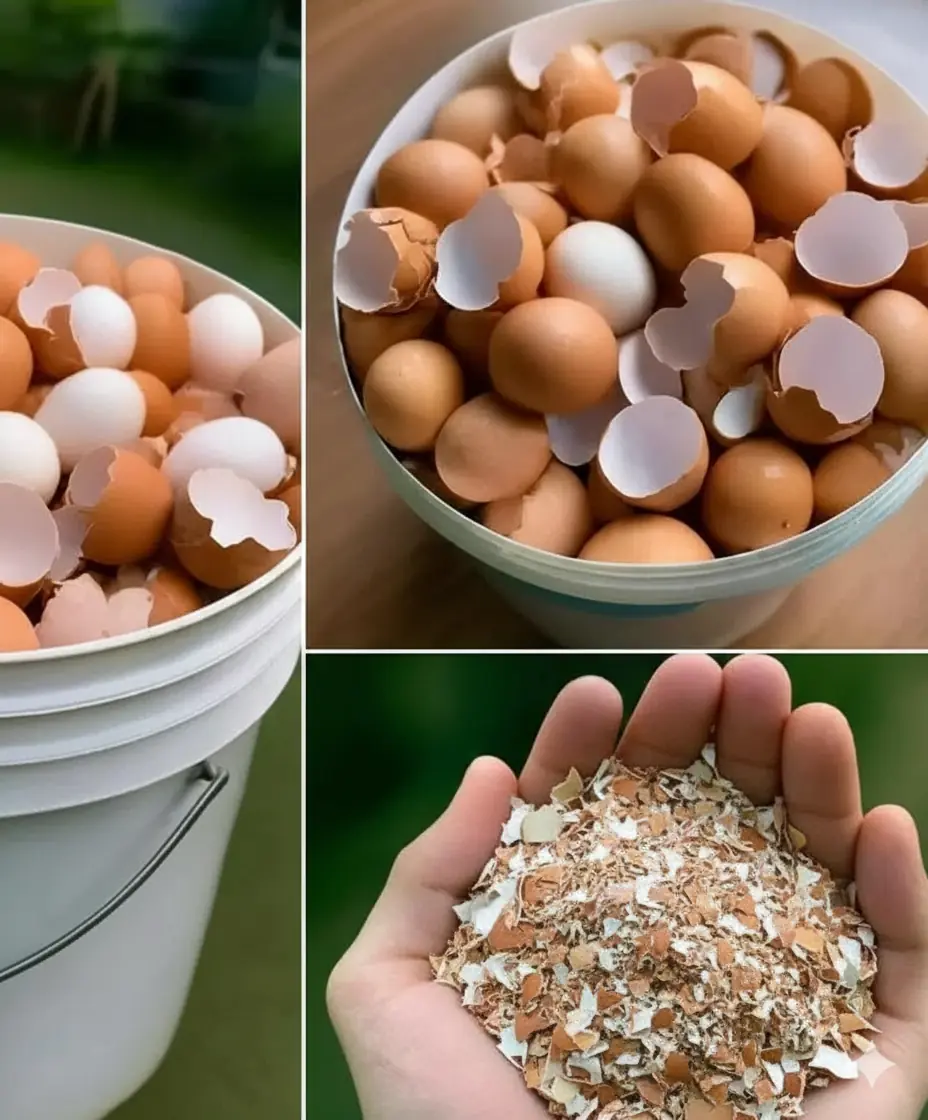
Boil eggshells and say goodbye to waste: The surprising uses you need to know
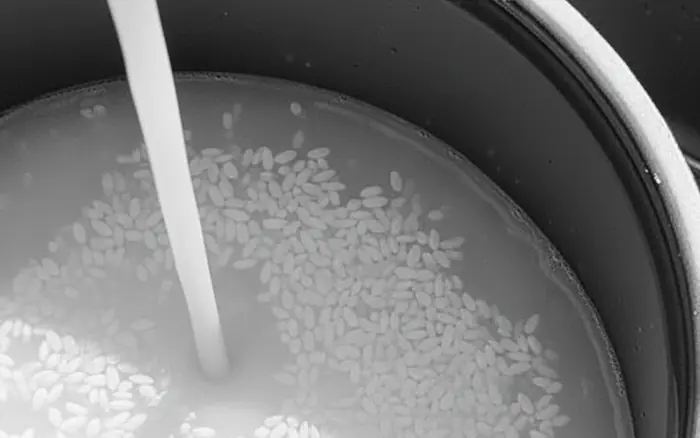
Cooking Rice with This Milky-White Liquid Is Far Better Than Using Plain Water: Tastier Rice, Better Skin, and Protection Against Many Diseases
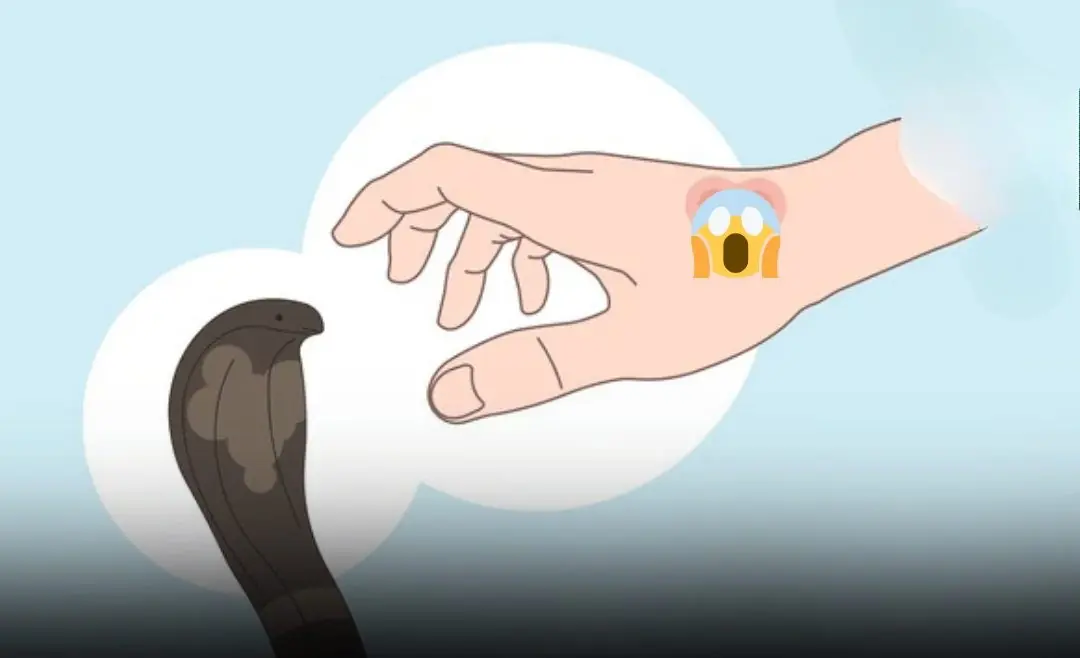
The First Steps to Take After a Snake Bi:te
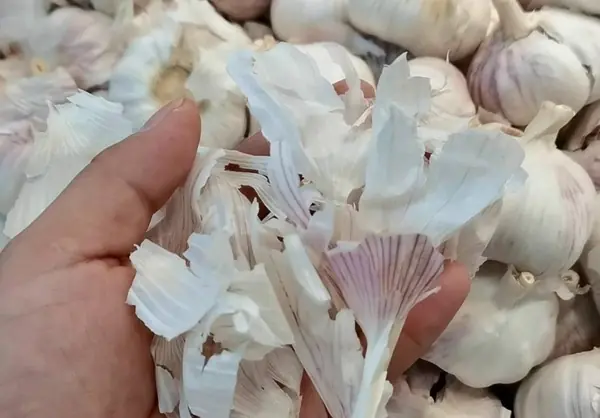
Garlic skins may seem useless, but they can be surprisingly helpful in daily life

Mixing Toothpaste with Salt: Surprising Uses and Benefits You Can Try at Home

The ring you pick will reveal your truest trait

The right way to clean your refrigerator’s rubber door seal
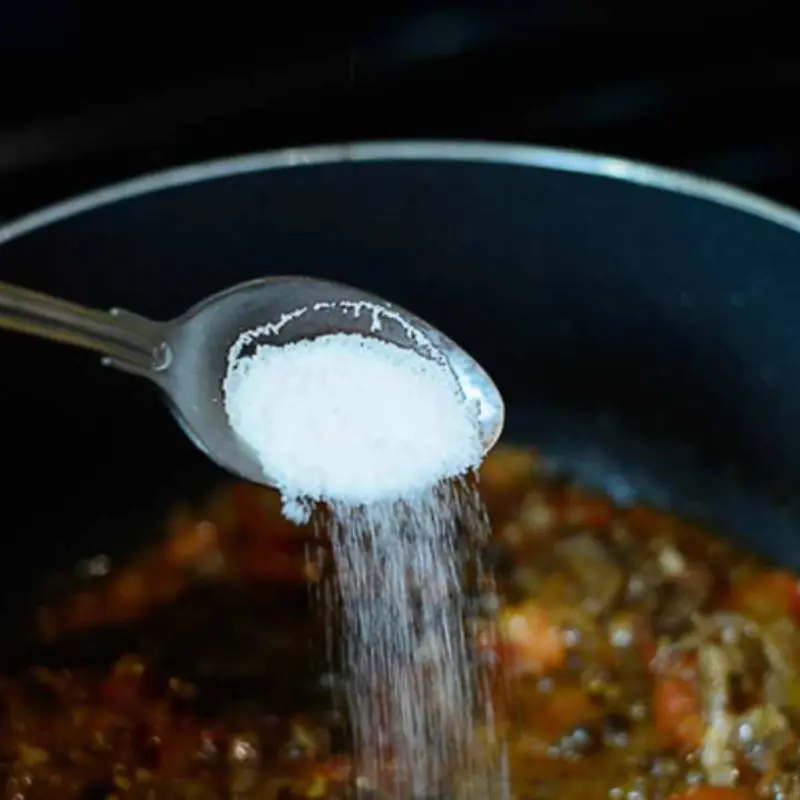
Oversalted your dish? Don’t dilute it with water—add this one ingredient to balance the flavor fast.
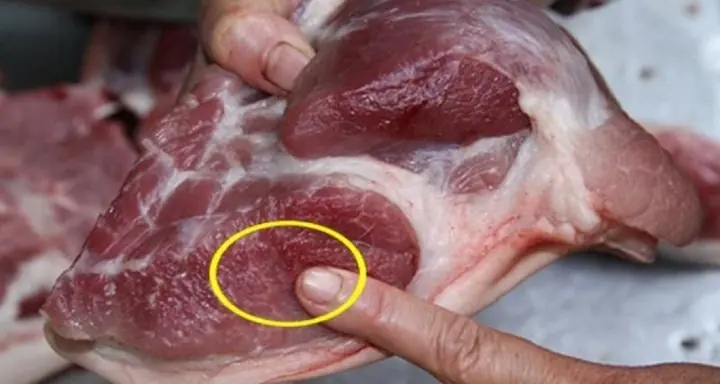
Butcher’s Honest Advice: When Buying Pork, It’s Best to Avoid These Three Types — Only the Uninformed Like Them

How to Effectively Remove Black Mold Spots from Household Items

Many people cook rice every day—but still get it wrong: 4 simple tips for tastier rice and better digestion
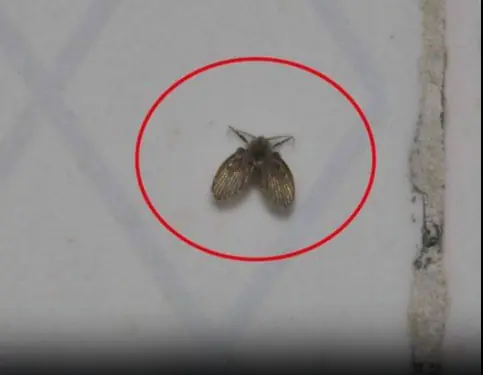
Little Black Bugs in the Bathroom? Here’s What They Are & How to Get Rid of Them for Good

Add a Few Drops of Oil to an Onion: A Simple Home Trick That Repels Mosquitoes and Improves Sleep
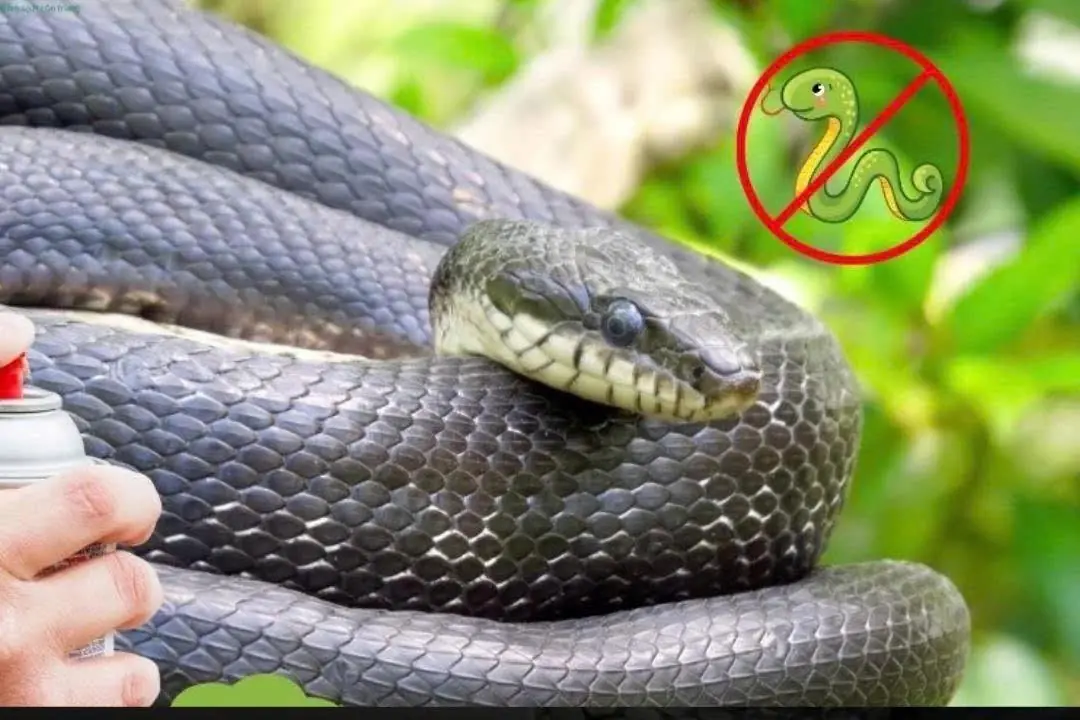
To prevent snakes from entering your house, you can apply the following methods.

Never reheat these 5 items in the microwave!

How to Fix a Weak Toilet Flush at Home - No Technician Needed

This small fridge button can significantly cut your electricity bill
News Post

Baked King Crab with Garlic Butter & Cream Sauce

Spicy Garlic Chili Crab

Pan-Fried Fish Cakes with Spicy Red Sauce

Pumpkin Crunch Parfaits

Calling all sweet potato fans!
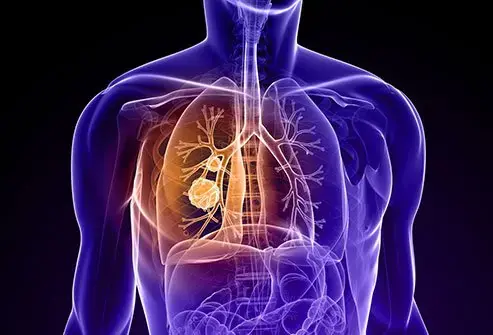
4 Finger Changes You Shouldn’t Ignore — Possible Signs of Lung Cancer

Middle-Aged People, Stop Doing These 7 Things-Even in the Cold Winter-Before It's Too Late!
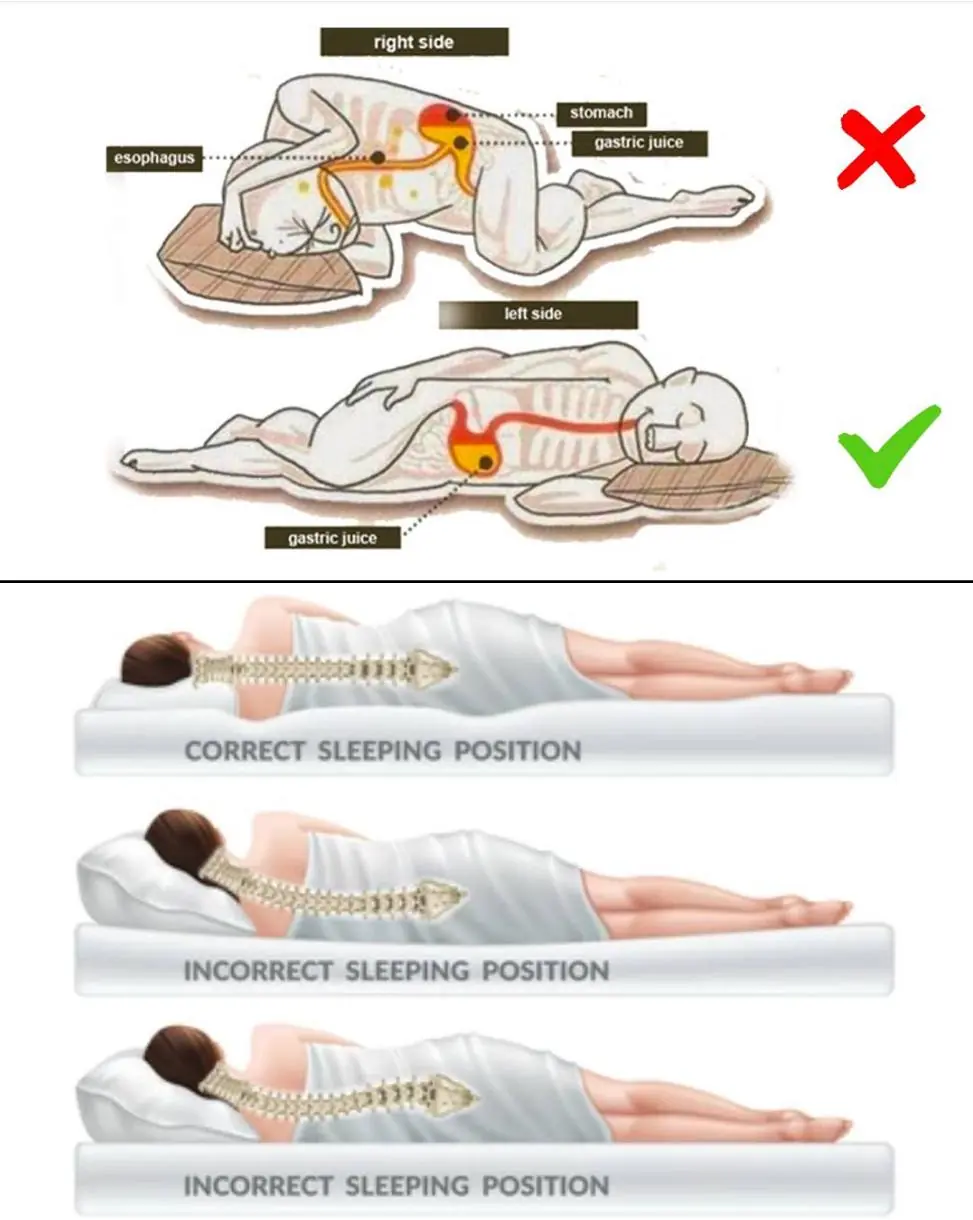
How Sleeping on Your Left Side Supports Brain, Digestive, and Lymphatic Health

Ever Wondered Why Hotels Put a Cloth Across the Bed? Here’s the Answer

Your feet are a "bl.o.od sugar meter" Beware of diabetes if you frequent experience these 5 strange symptoms

Causes and symptoms of an umb:ilical hernia
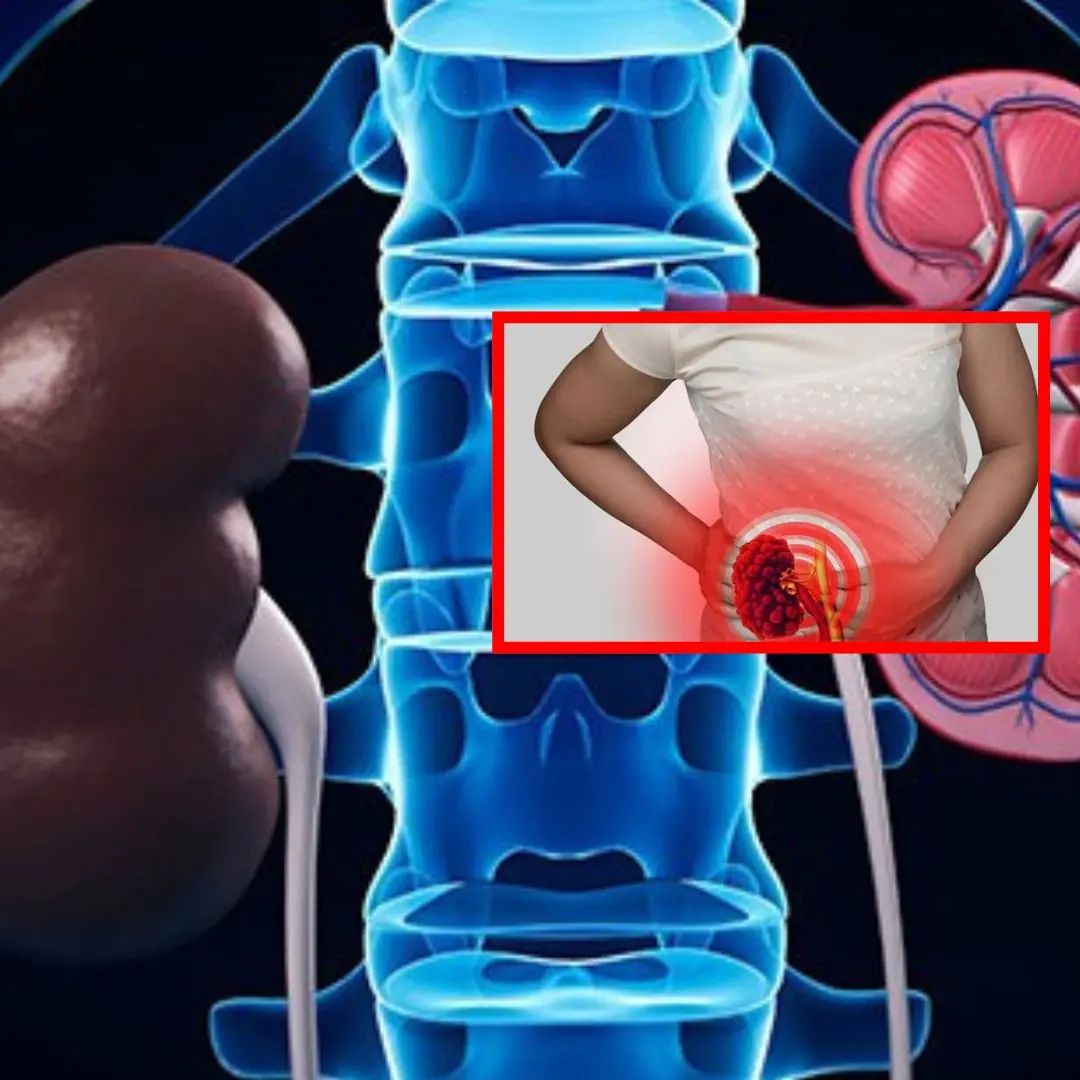
7 indicators that your kidneys are functioning well - check
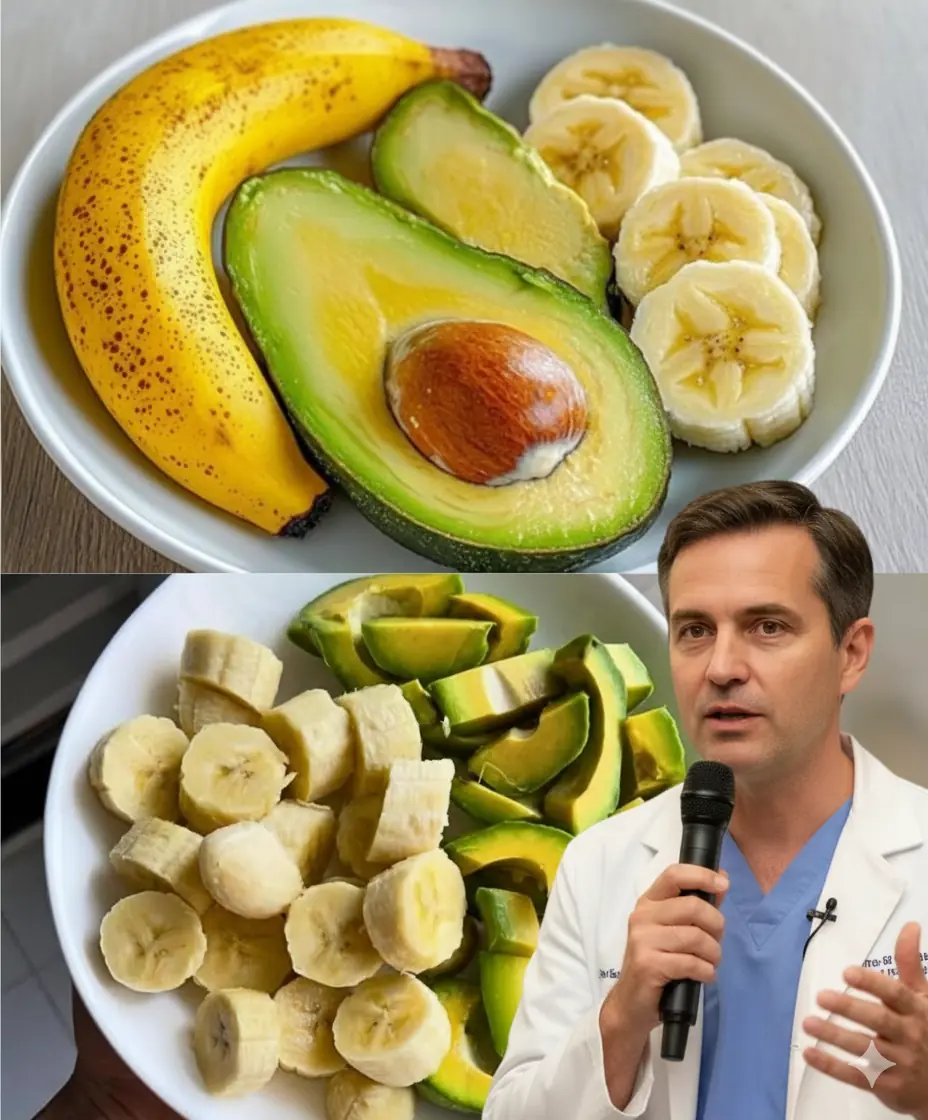
12 Benefits You’ll See After Eating Banana and Avocado Every Morning

Swollen Lymph Nodes in the Ne.ck - Here's When You Need to Worry

5 foods you should never keep overnight, if left over, throw it away
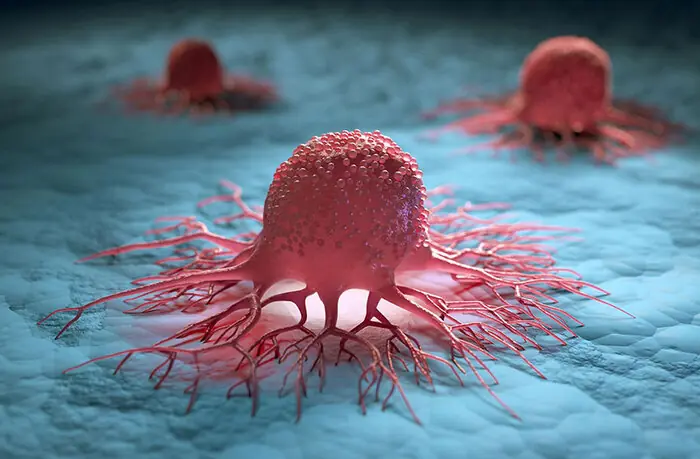
Early Warning Signs That C.a.ncer Is Growing In Your Body
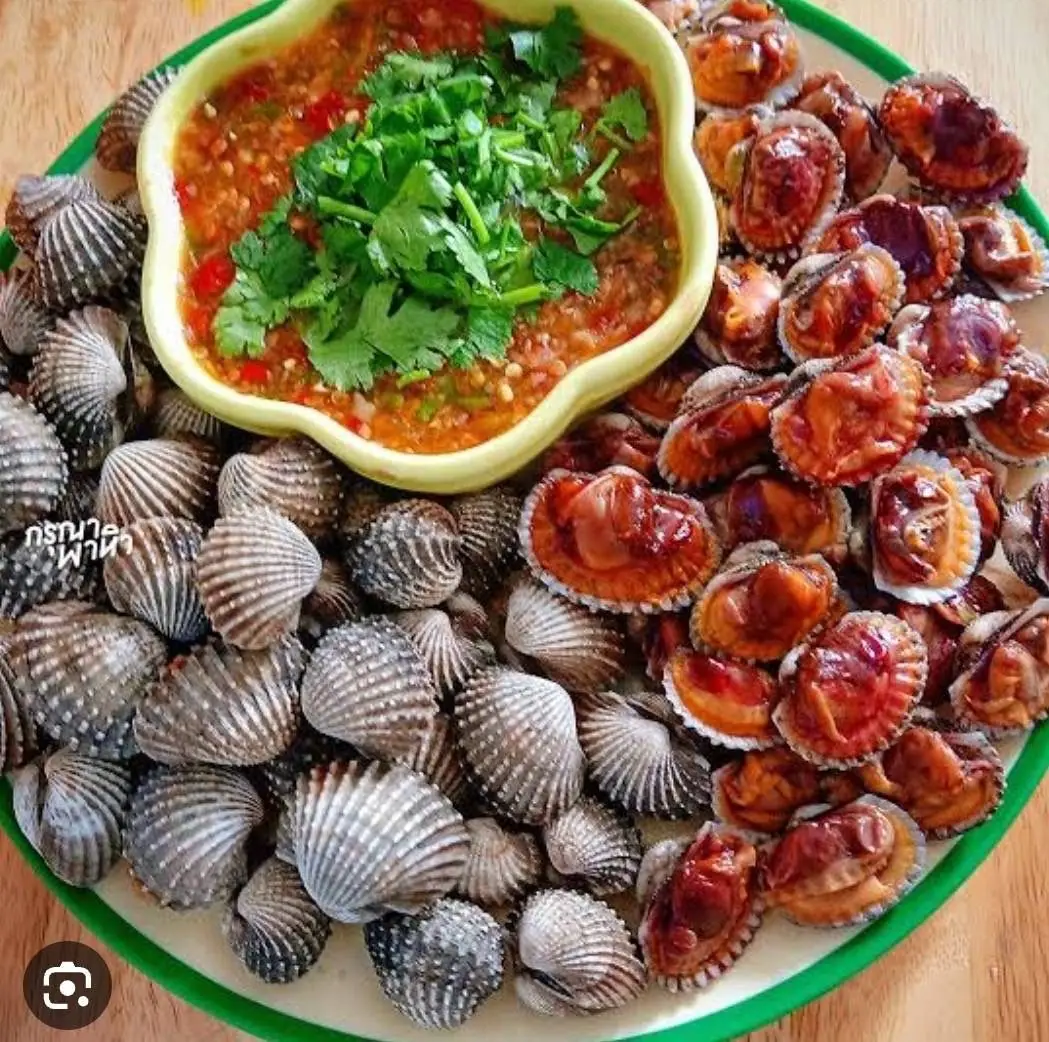
Steamed Cockles with Spicy Lime Chili Dipping Sauce

Spicy Stir-Fried Squid with Basil

Baked Stuffed Lobster Tails with Garlic Butter
